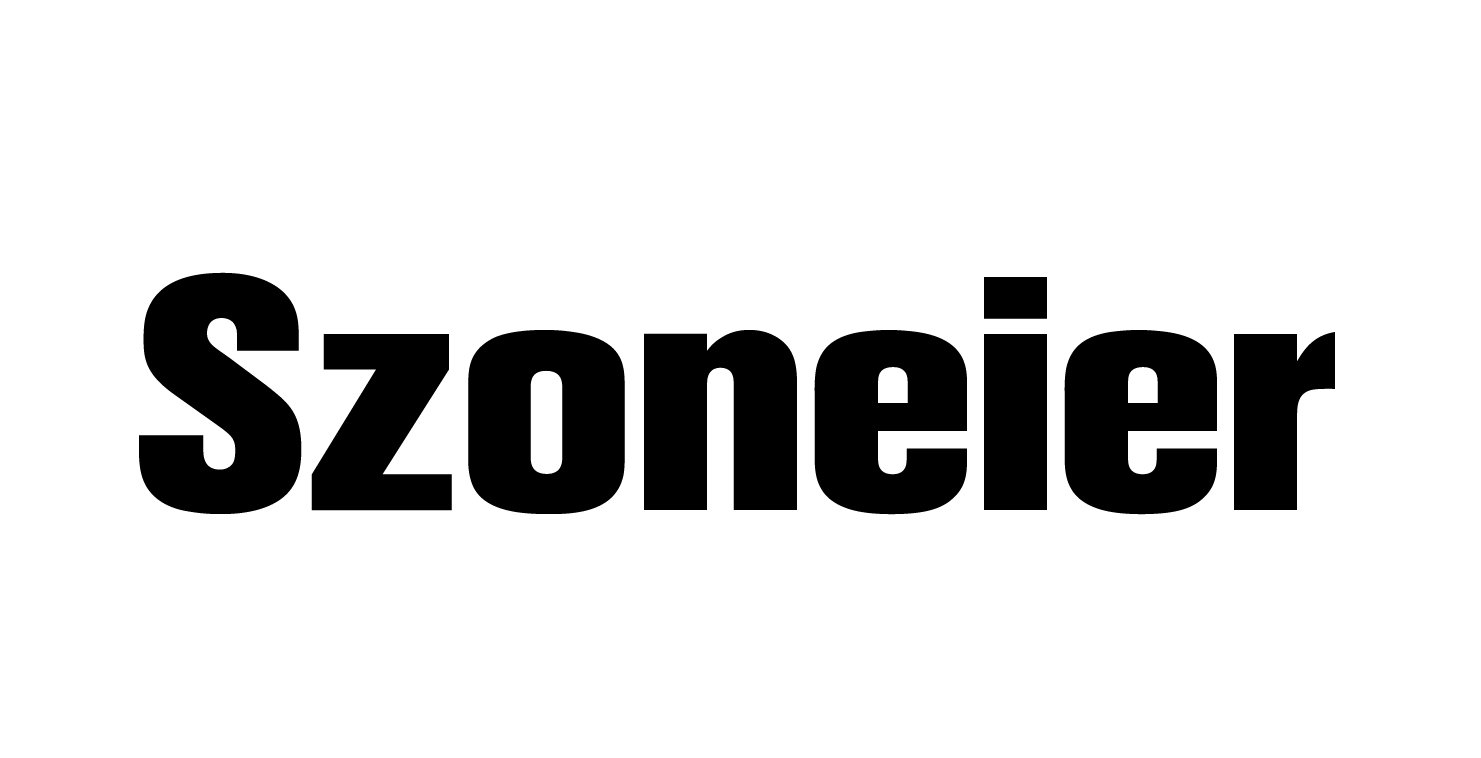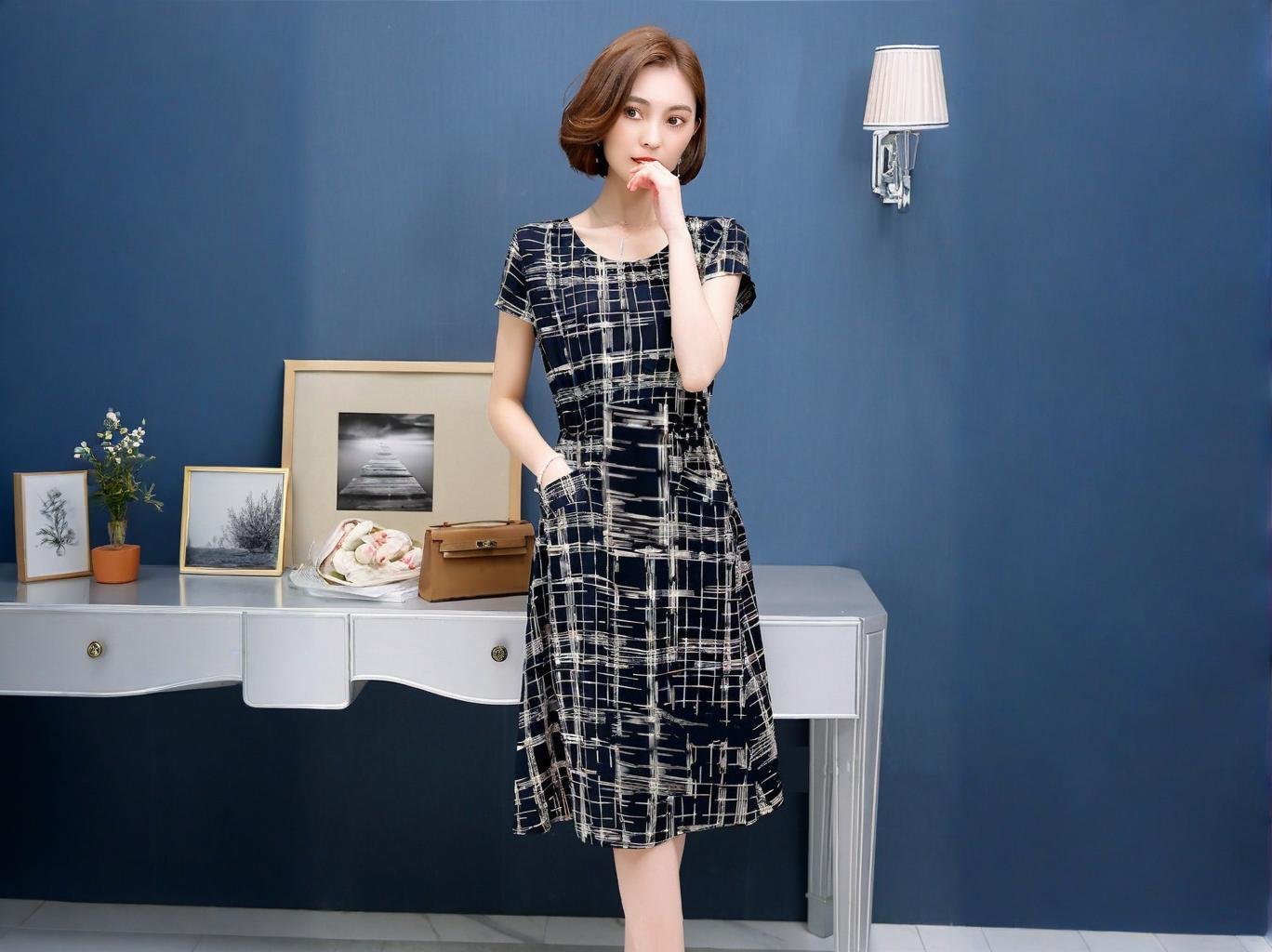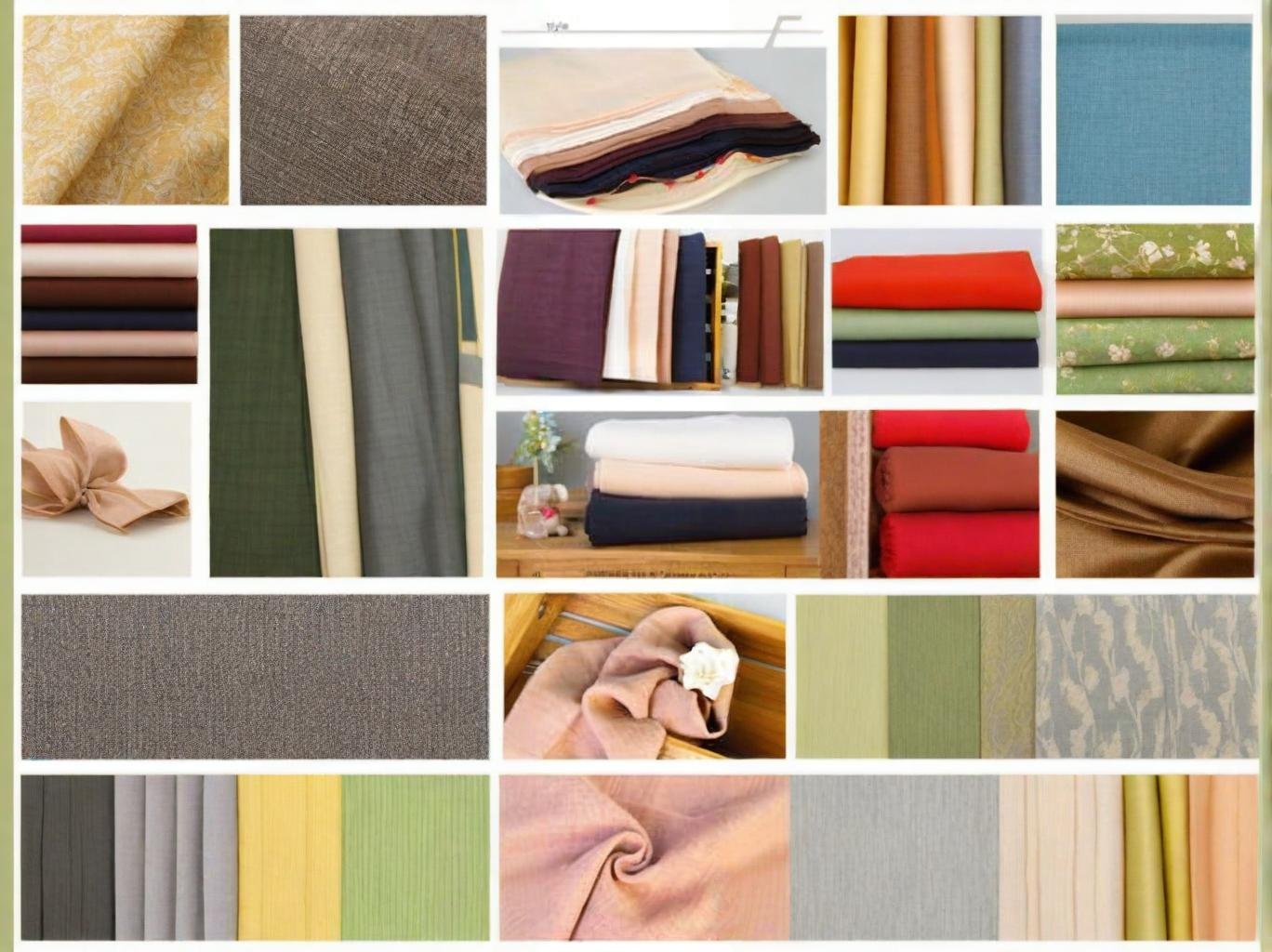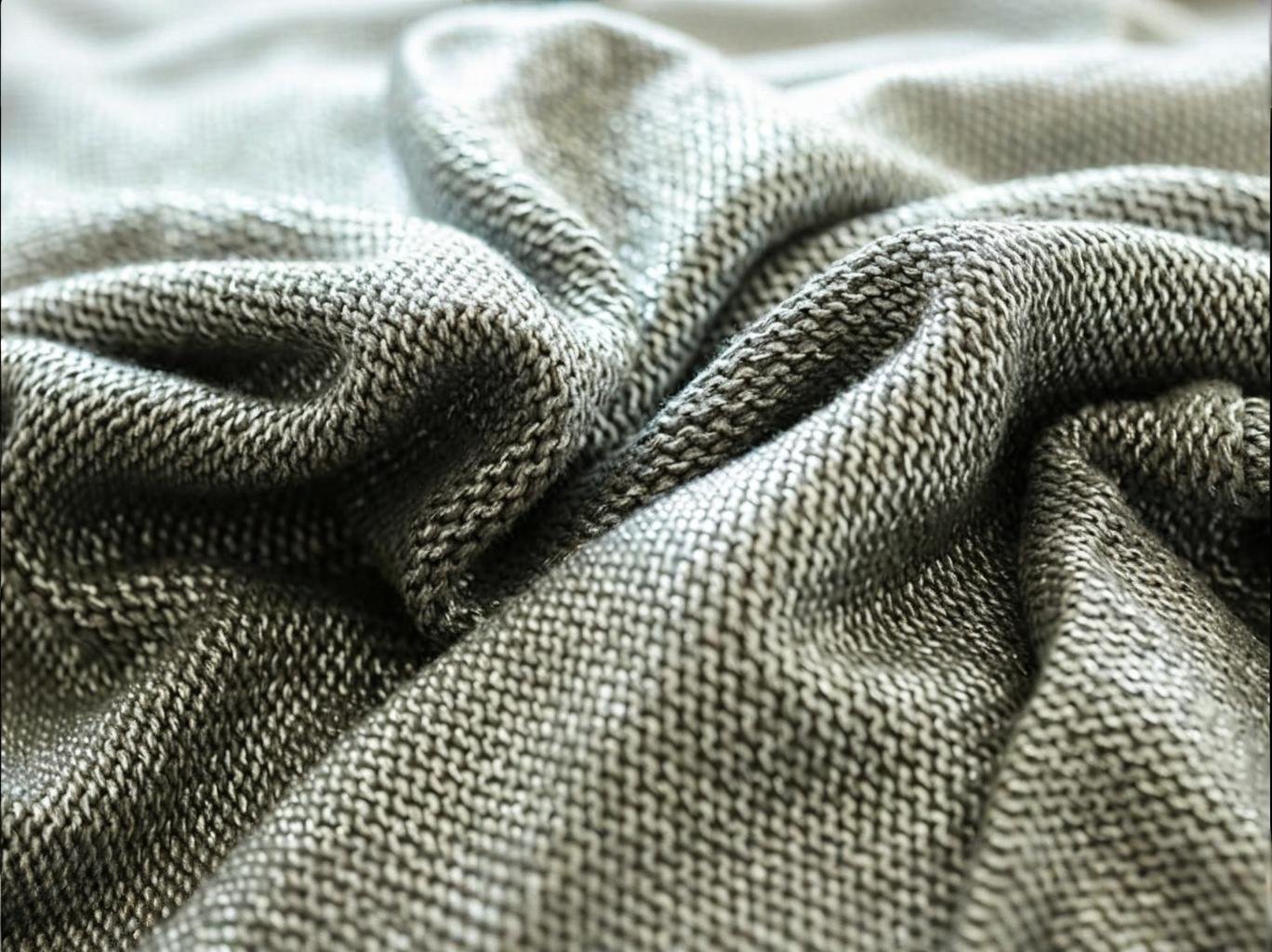Polyester Clothing Cost Analysis: Fabric, Labor, and Logistics Breakdown
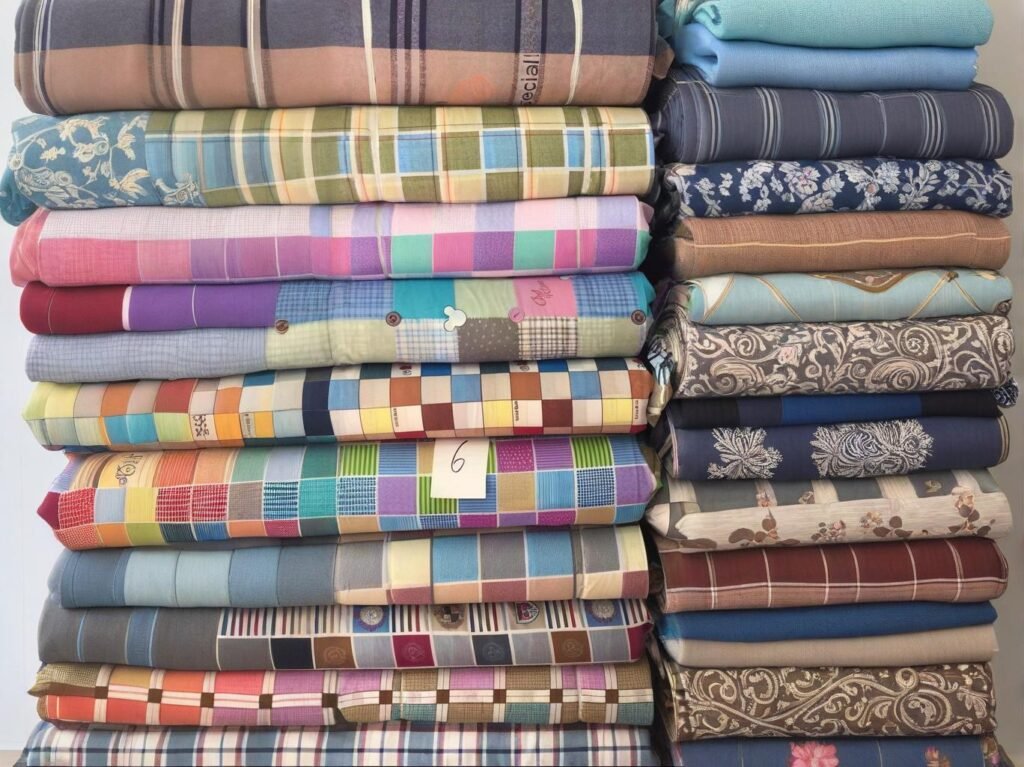
In today’s fast-paced apparel industry, understanding what truly drives the cost of polyester clothing is more critical than ever. With raw material prices fluctuating globally, labor conditions under scrutiny, and shipping delays becoming routine, the final price tag on a polyester T-shirt or hoodie reflects far more than just fabric rolls and thread. For fashion labels, production managers, or sourcing consultants, breaking down the cost structure of polyester apparel can offer a strategic edge—not only in pricing negotiations but also in supplier evaluation and market positioning. The cost of polyester clothing is influenced by fabric composition and GSM, regional labor rates, and transportation models. Analyzing these elements helps optimize sourcing and pricing.
Let’s take an example: A buyer sourcing 5,000 units of a 180 GSM polyester sportswear item from Vietnam may face a unit cost between $2.20–$3.10 USD, depending on material quality, stitching labor, packaging, and Incoterm. Meanwhile, the same item produced in Turkey might cost more due to higher wages and shorter lead times. These variables underscore the need for a cost breakdown lens—one that doesn’t just look at fabric tags, but the full supply chain.
So, what exactly determines these costs? And how do brands ensure they’re not overpaying or underestimating? Let’s dive into the fabric and labor side of the equation.
1. What Factors Determine the Cost of Polyester Fabric in Apparel Manufacturing?
Polyester fabric cost is driven by raw material prices, fiber type (virgin vs recycled), GSM weight, finishing processes, and market region. These determine the base price per yard or kilogram.
Dissecting Polyester Fabric Cost Variables
1. Raw Material Source: Virgin vs Recycled Polyester
- Virgin polyester is derived from petroleum-based PET chips, whereas recycled polyester (rPET) uses post-consumer plastic bottles.
- As of 2025, virgin polyester averages $0.85–$1.05/kg, while rPET averages $1.10–$1.40/kg due to extra processing and sustainability certifications (e.g., GRS).
2. Fabric Weight and Construction (GSM)
GSM (grams per square meter) directly influences fabric price. Lightweight polyester (~120 GSM) is cheaper than heavyweight (~280 GSM).
Example pricing:
GSM Range Typical Use Cases Price per Meter (USD) 120–150 GSM T-shirts, linings $0.60–$0.90 160–200 GSM Sportswear, casualwear $0.85–$1.25 220+ GSM Hoodies, outerwear $1.30–$2.00+
3. Type of Yarn and Knitting/Weaving Method
- Filament polyester yarns are smoother and used for performance gear, while spun yarns resemble cotton texture.
- Circular knit (used in activewear) is cheaper than woven plain polyester (used in jackets).
4. Fabric Finish & Coating
- Value-added finishes such as anti-microbial, UV-protection, or moisture-wicking increase price by $0.10–$0.30/meter.
- Water-resistant coatings for outerwear can add up to $0.50/meter.
5. Country of Origin & Regional Market Rates
Fabric prices vary by region due to tariffs, labor, and energy costs.
Example:
Country Average FOB Price (160 GSM) China $0.90/meter India $0.85/meter Turkey $1.10/meter Vietnam $0.95/meter
Critical Insight: Buyers often overlook the impact of minimum order quantities (MOQ) and fabric dye lot requirements. Ordering below MOQ can result in a 10–15% cost premium per meter. Moreover, inconsistencies in dye lots can trigger reprocessing or wastage—both hidden cost drivers.
2. How Does Polyester Fabric Pricing Compare to Cotton and Blended Materials?
Polyester fabric is generally cheaper than cotton and most cotton blends due to its synthetic origin and lower water/resource usage in production.
Polyester vs Cotton and Blends—Cost Comparison
1. Material Cost Benchmark Table
| Fabric Type | Average Cost per Meter | Durability | Moisture Control | Printability |
|---|---|---|---|---|
| 100% Polyester | $0.85–$1.25 | High | Excellent | High |
| 100% Cotton (Combed) | $1.30–$1.80 | Medium | Good | High |
| Poly-Cotton Blend | $1.10–$1.50 | High | Good | Moderate |
| Rayon-Poly Blend | $1.20–$1.70 | Medium | High | High |
2. Cost Stability & Scalability
- Polyester is less vulnerable to climate disruption (e.g., droughts affecting cotton fields).
- Synthetic yarn factories operate year-round with stable pricing, while cotton sees seasonal price swings.
3. Environmental Certifications Affect Cost
- OEKO-TEX® and GRS certified polyester may cost 8–12% more than uncertified stock.
- In contrast, organic cotton commands a 25–40% price premium over regular cotton.
4. Use Case Drives Fabric Choice
- Fast-fashion brands favor polyester for low-cost, high-output runs.
- Premium brands often opt for cotton blends or modal-viscose for hand-feel, even at higher prices.
Real-World Example: A U.S. streetwear brand producing 10,000 units of graphic tees compared both options:
- Polyester T-shirt (150 GSM): Fabric cost: $0.95/m | Total fabric cost per unit: ~$0.55
- Cotton T-shirt (180 GSM, combed): Fabric cost: $1.50/m | Total fabric cost per unit: ~$0.95
The brand saved over $4,000 on fabric costs alone for that production batch by choosing polyester.
3. What Are the Key Labor Costs Involved in Polyester Clothing Production?
Labor costs in polyester clothing production include sewing wages, technical design, quality control, and production supervision. Sewing and finishing account for over 60% of the labor cost per unit.
Inside the Labor Cost Structure of Polyester Garment Production
1. Labor Cost Breakdown by Function
| Task/Role | Approx. % of Labor Cost | Description |
|---|---|---|
| Sewing & Stitching | 50–65% | Includes machine operation, seam construction |
| Cutting & Preparation | 10–15% | Manual or laser cutting of fabric layers |
| Finishing & Ironing | 10–12% | Final pressing, trimming, folding |
| Quality Control | 5–8% | Garment inspection and defect tracking |
| Packaging & Tagging | 3–5% | Folding, labeling, inserting hangtags |
| Line Supervision/Admin | 5–10% | Line managers, floor staff, pattern technicians |
2. Regional Labor Rate Comparison (Hourly Wage, 2025)
| Country | Avg. Factory Wage/hour (USD) | Notes |
|---|---|---|
| Bangladesh | $0.42 | One of the lowest globally |
| Vietnam | $0.85 | Competitive but rising steadily |
| China | $1.60 | Higher but efficient output |
| Turkey | $2.20 | Driven by EU proximity |
| Mexico | $2.10 | Strong NAFTA export advantage |
3. Standard Labor Cost Per Garment (Polyester T-shirt)
- Bangladesh: ~$0.35
- Vietnam: ~$0.60
- China: ~$0.90
- Turkey: ~$1.10
- Mexico: ~$1.20
4. Automation and Its Role
- Introduction of semi-automated stitching and cutting machines in China and Vietnam can reduce labor time by 20–30%, especially for standard-fit garments.
- However, setup costs are only viable for large runs (10,000+ units).
Case Insight: A UK-based sportswear brand reduced labor cost per unit by $0.25 by shifting from manual seamwork to a bonded seam production line in Vietnam, increasing monthly output by 18%.
Critical Thinking Lens: While cheaper labor may reduce upfront unit cost, it can also lead to ethical risks, inconsistent workmanship, or slower delivery. Evaluating cost efficiency requires balancing price, ethics, and production control.
4. How Do Regional Labor Rates Affect the Final Price of Polyester Garments?
Regional labor rates directly affect the final price of polyester garments. Countries with lower minimum wages offer lower per-unit costs but may face trade-offs in lead time, quality, or compliance.
Geography vs Garment Economics
1. Regional Labor Rate Impact on T-shirt Cost (180 GSM, 10,000 units)
| Country | Avg. Labor Cost | FOB Garment Price | Comments |
|---|---|---|---|
| Bangladesh | $0.35 | $2.10 | Great for basic cuts and high volume |
| Vietnam | $0.60 | $2.50 | Better stitching precision and lead time |
| China | $0.90 | $2.90 | Fast sampling, strong QC, mid-MOQ support |
| Turkey | $1.10 | $3.30 | Fast to EU, low MOQ, higher unit price |
| Mexico | $1.20 | $3.40 | Ideal for U.S. nearshoring, lower freight |
2. Compliance and Labor Laws
- Vietnam, Turkey, and Mexico increasingly enforce auditable labor practices, which appeal to premium or sustainability-focused brands.
- Bangladesh offers lowest costs but may require closer oversight on labor audits and building safety.
3. Lead Time Correlation with Labor Market
- Cheaper labor often means longer production timelines due to higher rejection rates, manual rework, or seasonal staffing fluctuations.
- Example: A basic polyester hoodie takes 14–16 days to stitch and finish in Bangladesh but only 8–10 days in Turkey due to semi-automated lines.
4. Political Stability and Cost Risk
- Labor strikes, wage protests, or regulatory shifts can suddenly raise cost.
- China and Vietnam remain relatively stable, while Bangladesh and Turkey are more prone to industrial unrest or currency fluctuation.
Practical Buyer Insight: When sourcing for large-scale basic polyester products like uniforms or promotional wear, low-labor-cost countries offer significant savings. However, for high-stakes fashion lines or fast turnaround, mid-tier wage nations with stronger infrastructure may be more cost-effective in the long run.
5. What Is the Role of Logistics and Freight Costs in Polyester Clothing Pricing?
Logistics and freight costs significantly impact the landed price of polyester clothing, especially when shipping routes, Incoterms, and container fill rates are not optimized.
Understanding Freight & Shipping Impact on Garment Costs
1. Freight Cost Structure by Shipping Mode
| Mode | Avg. Cost per kg (2025) | Lead Time (Port-to-Port) | Suitability |
|---|---|---|---|
| Sea Freight (FCL) | $0.20–$0.35 | 25–45 days | Bulk shipments >10,000 units |
| Sea Freight (LCL) | $0.40–$0.65 | 30–50 days | Small-to-medium runs, shared space |
| Air Freight | $2.50–$4.00 | 3–10 days | Urgent orders, samples, premium |
| Rail Freight (Asia-EU) | $1.20–$1.80 | 15–20 days | Central Asia to Europe corridor |
2. Incoterms and Cost Transfer
| Incoterm | Buyer Responsibility | Price Impact |
|---|---|---|
| FOB | Freight, insurance, customs | Lower FOB, higher landed cost |
| CIF | Customs duty, last-mile delivery | Balanced risk |
| DDP | None (fully delivered price) | Highest all-inclusive unit cost |
Example: A brand in Germany sources polyester gym leggings from Vietnam:
- FOB price: $3.40
- Freight via LCL to Hamburg: $0.55/kg
- Import duty + VAT: $0.68
- Landed cost per unit: ~$4.70–$5.00
Switching to FCL and FOB Shanghai could reduce freight by 30% if shipment volume justifies it.
3. Tariffs, Customs & Local Taxes
- Polyester garments face an average 5–12% import duty in the U.S. and 8–10% in the EU.
- Customs clearance fees and brokerage add another $50–$150 per shipment, affecting small batch economics.
4. Port Congestion & Risk Costs
- Delays in major ports (e.g., Los Angeles, Rotterdam) can add warehousing and demurrage costs of $200–$600 per container.
- Brands using just-in-time inventory systems must factor this in or risk out-of-stock penalties.
Pro Insight: Many brands mistakenly treat logistics as a fixed cost rather than a variable with strategic levers—freight consolidators, cross-docking, or regional warehouses can reduce cost per unit by up to 15%.
6. How Do Order Quantity and MOQ Impact Polyester Apparel Unit Costs?
Order quantity directly affects polyester apparel unit cost due to fabric MOQ, production line setup, freight efficiency, and pricing tiers.
The Real Economics of MOQ and Volume Pricing
1. MOQ Requirements by Production Stage
| Stage | Common MOQ Threshold | Notes |
|---|---|---|
| Fabric Knitting/Dyeing | 800–1500 meters/color | Below this, surcharge of $0.20–$0.35/meter |
| Printing (Sublimation) | 300 units/design | Setup fee ($50–$100) spread over fewer units |
| Cut & Sew Production | 500–1000 units/style | Less than 300 = +20–25% price hike |
| Packaging | 1000 pieces/size tag | Custom tags below MOQ cost +$0.05–$0.10/unit |
2. Volume-Based Unit Cost Model (Example: Polyester Polo Shirt)
| Quantity | FOB Price/Unit (China) | Notes |
|---|---|---|
| 300 units | $4.20 | Small run, MOQ surcharge applied |
| 1000 units | $3.40 | MOQ met, normal pricing tier |
| 5000 units | $2.95 | Bulk discount + freight optimization |
| 10,000+ units | $2.75 | Full container, maximum efficiency |
3. Fabric Waste and Cutting Efficiency
- Smaller orders waste more fabric due to layout inefficiencies and setup loss.
- Efficient nesting for bulk cuts can improve fabric yield by 7–10%.
4. Freight Cost Scaling by Quantity
- A 200 kg shipment (LCL) may cost $0.55/kg, while a 6-ton FCL shipment drops to $0.25/kg—halving freight per garment.
5. Negotiation Leverage
- Larger orders unlock not just lower prices, but also priority in production slots, free sampling, and reduced lead times.
Buyer Perspective Example: An Australian athleisure brand tried sourcing 500 custom polyester joggers with digital prints from India. With MOQs unmet, the final landed cost was $6.90/unit. When they scaled to 2,000 pieces across 4 colorways in their second run, cost dropped to $5.10/unit, saving over $3,600.
Strategic Tip: Instead of placing low-MOQ orders frequently, brands should consider seasonal batch planning—grouping SKUs by base fabric or silhouette to benefit from economies of scale.
7. Which Additional Costs Should Buyers Consider When Sourcing Polyester Clothing?
In addition to fabric, labor, and logistics, buyers should factor in sampling, certifications, compliance, packaging, warehousing, and currency fluctuations—all of which can significantly affect total cost.
Hidden or Overlooked Costs in Polyester Clothing Sourcing
1. Sampling & Development Fees
- Custom sample development usually costs $50–$200 per design, depending on complexity.
- Some suppliers refund sample fees upon bulk order; others don’t.
2. Quality Assurance & Inspection
| Type of Inspection | Estimated Cost | Notes |
|---|---|---|
| In-line QC | $80–$150 per day | Ensures issues are caught early |
| Pre-shipment Inspection | $120–$300 per order | External QC firms like SGS or Intertek |
| Lab Testing (Colorfast, Shrinkage) | $80–$150/test | Often required for retail compliance |
3. Packaging Materials & Branding Elements
| Item | Cost Range per Unit | Description |
|---|---|---|
| Custom Polybags | $0.03–$0.08 | With logo or size print |
| Hangtags | $0.05–$0.12 | With string, barcode, or QR code |
| Retail Packaging Box | $0.30–$0.70 | For premium segments |
4. Certification and Sustainability Premiums
- GRS (Global Recycled Standard), OEKO-TEX®, or Bluesign® certified fabrics often carry a 10–15% markup.
- Some buyers require WRAP or SEDEX audited factories, which can increase unit cost by $0.10–$0.30 due to compliance overhead.
5. Storage and Warehousing
- In destination markets, slow turnover or customs delays can cause warehousing costs of $0.05–$0.20 per unit/month.
- Bonded warehouses offer flexibility but may have higher handling fees.
6. Currency Risk & Payment Terms
- Currency swings (e.g., USD vs. RMB or INR) can alter effective unit price by 3–8% over a typical 45–60 day payment cycle.
- Buyers paying in local currency should hedge or negotiate fixed exchange pricing.
Humanized Insight: A Canadian buyer once received a “cheap” polyester hoodie quote at $2.90 FOB. After sampling fees, inspection, freight, and rebranding packaging, the true cost rose to $4.10/unit. The initial price obscured the real landed margin. Transparency and holistic costing matter more than just unit price.
8. How Can Brands Reduce Overall Costs When Customizing Polyester Garments?
Brands can reduce polyester garment costs through smart design choices, modular fabric sourcing, scalable production, and negotiation on packaging and logistics terms.
Practical Strategies to Lower Unit Costs Without Compromising Quality
1. Optimize Design for Production Efficiency
- Avoid excessive paneling, special seam finishes, or multiple zippers.
- Use standard sizing templates across products to save pattern development cost.
- Batch orders across multiple SKUs that share the same fabric roll.
2. Choose Strategic Fabrics & Finishes
- Select a versatile mid-GSM polyester that works across multiple SKUs (e.g., 160–180 GSM).
- Avoid custom dyeing small lots—opt for stock-dyed fabrics when color flexibility is not critical.
- Reduce finishing layers unless essential (e.g., skip anti-odor for non-athleticwear).
3. Build Supplier Partnerships Over Time
- Long-term relationships allow you to negotiate:
- Free sampling
- Lower MOQ thresholds
- Priority slotting in production calendar
- Suppliers may also absorb small fluctuation costs once trust is built.
4. Smart Packaging and Labeling
| Optimization Tactic | Impact |
|---|---|
| Bulk packaging per carton | Reduces carton volume |
| Print care labels on inner seam | Avoids separate swing tags |
| Reuseable/recyclable bags | Meets sustainability goals |
5. Regional Diversification
- Use dual sourcing models—e.g., Bangladesh for basics, Turkey for express runs—to balance cost and speed.
- Explore duty-free trade agreements (e.g., ASEAN, EU–Vietnam FTA) to reduce tariff exposure.
6. Use Digital Tools for Planning
- Demand planning via ERP or AI forecasting can align purchasing with actual sales velocity—avoiding overstock.
- Shared tech packs and digital approvals reduce sampling rounds.
Brand Case Example: An LA-based activewear company cut costs by 18% when they shifted to shared-fabric development: they used the same 180 GSM poly-spandex fabric across leggings, shorts, and tanks. They also eliminated hangtags in favor of printed neck labels, saving ~$0.12 per unit.
Ready to Get Transparent Polyester Cost Quotes?
The total cost of polyester clothing is never just about the fabric roll. It’s the sum of decisions—on material, labor region, shipping route, MOQ, and even branding. Smart sourcing comes from knowing where each cent goes, and working with a fabric partner who can adapt to your quality, cost, and timeline needs.
At SzoneierFabrics, we specialize in helping global clients develop cost-effective polyester fabric solutions. Whether you need high-performance activewear materials or OEKO-TEX® certified textiles, our team offers:
- Free fabric consulting & design support
- Low MOQ manufacturing for pilot runs
- Fast sampling and global shipping
- Transparent cost breakdowns tailored to your product
Get in touch with SzoneierFabrics today to request custom fabric quotes and sampling options.
polyester clothing cost, polyester fabric price per yard, polyester garment production cost, labor cost in clothing manufacturing, polyester vs cotton fabric cost, polyester t-shirt unit cost, logistics cost for garment export, apparel manufacturing cost breakdown, polyester clothing FOB price, MOQ for polyester clothing, polyester fabric sourcing, polyester clothing supply chain, polyester fabric manufacturing cost, clothing production cost factors, garment freight charges, polyester activewear fabric cost, polyester hoodie manufacturing price, polyester garment printing cost, fabric cost per meter polyester, polyester MOQ pricing, polyester vs blended fabric cost, recycled polyester fabric cost, polyester clothing inspection cost, polyester fabric export data, garment sourcing polyester, polyester clothing shipping rates, polyester fabric import duty, polyester cost per kg, polyester custom clothing cost, how much does polyester clothing cost
Can't find the answers?
No worries, please contact us and we will answer all the questions you have during the whole process of bag customization.
Make A Sample First?
If you have your own artwork, logo design files, or just an idea,please provide details about your project requirements, including preferred fabric, color, and customization options,we’re excited to assist you in bringing your bespoke bag designs to life through our sample production process.
